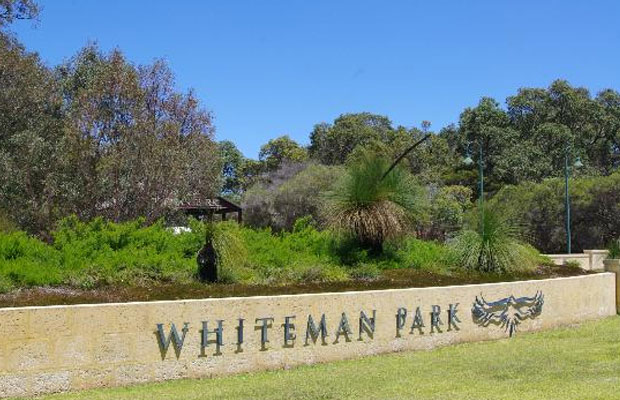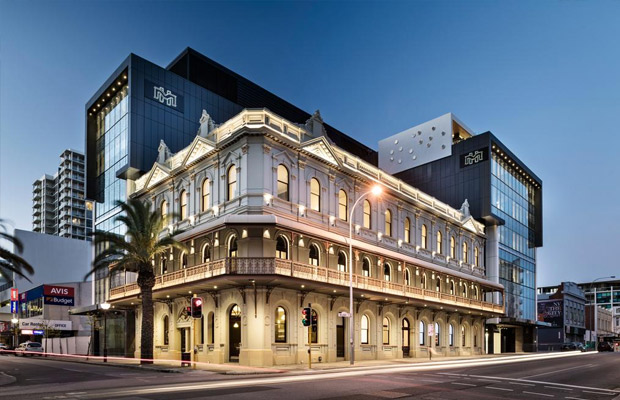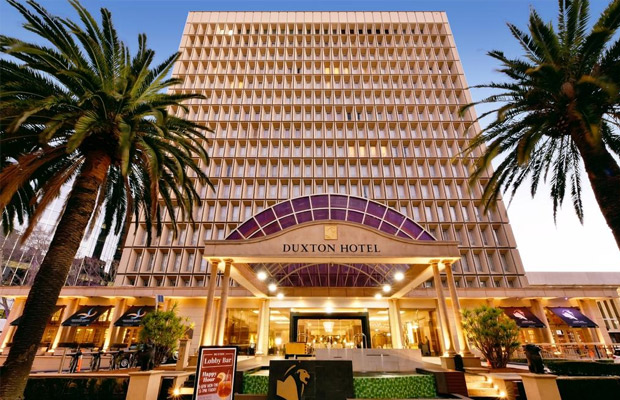Fremantle Prison
Fremantle Prison
Australia
Perth
Perth Travel Guide
Book Tour & Activities
Your tour in Perth.
Book your stay
Your hotel in Perth.
Overview
Fremantle Prison, sometimes referred to as Fremantle Gaol or Fremantle Jail, is a former Australian prison and World Heritage Site in Fremantle, Western Australia. The six-hectare site includes the prison cellblocks, gatehouse, perimeter walls, cottages, and tunnels.
It was initially used for convicts transported from Britain, but was transferred to the colonial government in 1886 for use for locally-sentenced prisoners. Royal Commissions were held in 1898 and 1911, and instigated some reform to the prison system, but significant changes did not begin until the 1960s. The government department in charge of the prison underwent several reorganisations in the 1970s and 1980s, but the culture of Fremantle Prison was resistant to change. Growing prisoner discontent culminated in a 1988 riot with guards taken hostage, and a fire that caused $1.8 million worth of damage. The prison closed in 1991, replaced by the new maximum-security Casuarina Prison. The prison was administered by a comptroller general, sheriff, or director, responsible for the entire convict or prison system in Western Australia, and a superintendent in charge of the prison itself.
History
19th century
While the Swan River Colony was established as a "free settlement" (unlike the penal colonies on the east coast), by the 1840s demand for cheap labour overcame an early reluctance, and the colony agreed to accept some convicts from Britain. The arrival of the first convict ship Scindian on 2 June 1850 was unexpected, as a sailing ship that had been sent ahead had been blown off-course. The colony's Round House jail was full, so the 75 convicts had to be left on the ship[13]:18–20 until a temporary prison was built. Comptroller General of Convicts Edward Henderson looked for a place to build a permanent convict establishment, and ultimately settled on the current site, on a hill overlooking Fremantle.
The design for Fremantle Prison was based on the Pentonville Prison in Britain, but with diagonal cell blocks replaced with a four-storey linear structure, which would be the longest, tallest prison cell block in the southern hemisphere.[23]:2 Construction began in 1851,[13]:22 and work rapidly progressed following the arrival of the Royal Engineers later that year. They trained convicts to work with limestone, which was quarried on-site.[23]:4 The first priority was the construction of accommodation for Henderson and the prison warders, to relieve the expense of paying for private lodging.
The prison walls were constructed between 1853 and 1855, while the gatehouse and associated entry complex was built in 1854 and 1855.[23]:4–5 Construction of the southern half of the Main Cell Block began in 1853 and was finished in 1855, with prisoners transferred from the temporary prison on 1 June 1855.[23]:7 Construction of the northern wing followed. The Crimean War saw the Royal Engineers recalled, leaving only one of their number, Henry Wray, to oversee the building's construction, which was completed by the end of 1859.
During Western Australia's convict era, the prison was known as the Convict Establishment, and was used for prisoners transported from Britain. Longer term locally-sentenced prisoners were also held there from 1858, at a cost to the colonial government.[24]:20–21 In 1868, penal transportation to Western Australia ceased, and the number of convicts in the colony gradually declined, down to 83 in the mid-1880s.[13]:45–46 Due to the great expense of sending these convicts back to Britain, the authorities there negotiated with the colonial government to relinquish jurisdiction over them, as well as the prison complex – demolition was considered too expensive.[13]:45–46 Early negotiations had broken down, but were restarted in August 1883.[24]:24–25 After one and a half years, a compromise was reached, and the transfer was finalised on 31 March 1886.
Once the prison came under the control of the colonial government, it was renamed Fremantle Prison.[13] All prisoners in Perth Gaol were transferred to Fremantle, and from 1887 female prisoners were also imprisoned there, in their own separate section.[13]:45–46 The Western Australian gold rushes of the 1890s resulted in strong economic growth, and a massive increase in population: doubling from almost 50,000 in 1891 to more than 100,000 by 1895, and to 184,000 by 1901. This influx included desperate, dishonest people, from elsewhere in Australia and overseas, and Fremantle Prison was soon overcrowded.
The 1890s also saw a growing public unease with the treatment of prisoners.[13]:46–49 In September 1898 a Royal Commission was established by the Governor of Western Australia to investigate the colony's penal system.[24]:150 The commission heard evidence from almost 240 witnesses,[24]:159 including a range of prisoners.[13]:46–49 Three reports were made between December 1898 and June 1899, dealing with the most recognisable and prominent issues including classification, sentencing, punishments, and diet. In particular, they considered the philosophy of the prison system – the causes of crime, as well as the types of punishments and their justifications – and in light of this, the practicality of various reform proposals.
Video Travel Inspiration
See Fremantle Prison on Map
Most Popular Cities

Siem Reap
Cambodia
Ho Chi Minh City
Vietnam
Beijing
China
Paris
France
London
United Kingdom
New York
USA
Tokyo
Japan
Bangkok
Thailand
Seoul
South Korea
Vientiane
Laos
Yangon
Myanmar
Washington DC
USA
Los Angeles
USA
Ottawa
Canada
New Delhi
India
Singapore
Singapore
Kuala Lumpur
Malaysia
 English
English French
French Khmer
Khmer Thai
Thai Vietnamese
Vietnamese Chinese
Chinese Korean
Korean German
German Japanese
Japanese Italian
Italian Russian
Russian Spanish
Spanish Dutch
Dutch Indonesian
Indonesian Malay
Malay





































